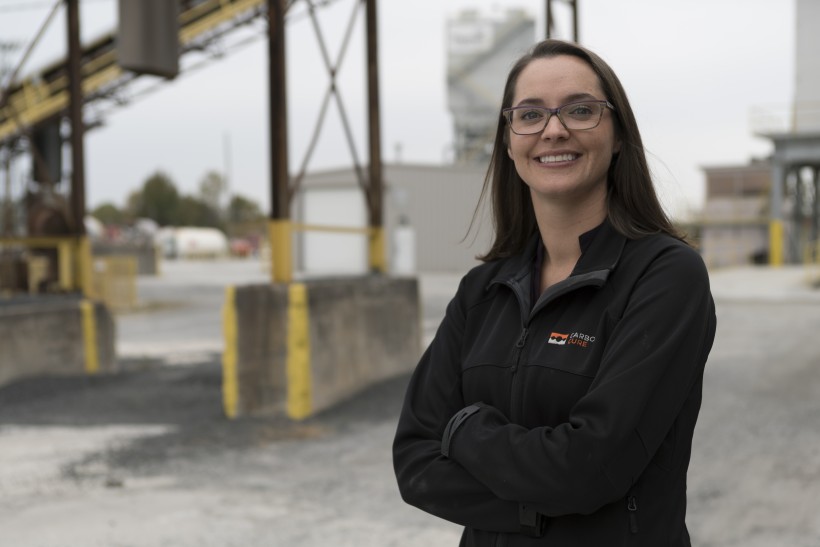CarbonCure Technologies believes it can accelerate its plans to reduce carbon in the atmosphere because of an unexpected entrant this year into the fight against climate change – Big Tech.
The world’s biggest technology companies in 2020 launched plans to become carbon neutral and purchase millions of dollars of carbon offsets. That has transformed the global outlook for carbon removal, one of the pillars of the climate movement.
As one of the world’s leading players in carbon removal, Halifax-based CarbonCure is benefiting from this development, so much so that the company is adapting its strategy to focus more on these offsets.
“It’s a really big deal,” said CarbonCure President Jennifer Wagner in an interview. “It helps us to accelerate our plans but also brings us an entirely new source of revenue.”
The key to the latest developments is the growing interest in carbon removal. To explain what this is, Wagner draws a comparison between the Earth’s climate and an overflowing bathtub. The atmosphere is like the tub, and carbon dioxide is like the water, which is streaming in full force from both taps. Wagner said the most important part of climate policy is to turn off the taps, which means removing cars from the roads or adopting carbon-free energy sources.
But you could also get a bucket and bail water out of the tub. That’s what carbon removal does – it removes carbon dioxide that’s already in the atmosphere, either by sequestration or using it in a product. By sequestering carbon, you bury it and no value is created. But by using it in a product, a company can create value while benefiting the environment.
CarbonCure, which employs 66 people, has developed technology that produces a superior, cost-effective concrete by injecting it with CO2. Its technology is now being used at about 300 concrete facilities across North America and Asia, and the number is growing.
The impetus for tech companies to enter the climate battle came in January when Microsoft Corp. announced its ambition to be carbon-neutral – not just that it wanted to offset the carbon it produced going forward, but that it wanted to capture as much carbon by 2050 as it had produced since it began in 1975. It established a US$1 billion fund to purchase carbon offsets.
In no time, other tech giants like Amazon, Shopify and Stripe had announced similar moves. Big Tech is big enough that these moves amount to millions of dollars a year flowing into the young market of carbon offsets.
In September, CarbonCure Raised a Major Funding Round Led by a Tech Dream Team
The problem is: where to spend this money? As mentioned, sequestering creates no value. Planting trees is risky as forest fires can wipe them out, and as the climate warms trees trap less CO2. The logical option is to back companies that use CO2 to make something – like concrete, for instance.
Though lots of companies are researching how to capture and use carbon, CarbonCure is one of the few companies that actually has a product in the market and can meet the needs of the tech giants now.
Consider San Francisco-based Stripe, an online payment systems company that is valued at US$36 billion. It announced its carbon offset program in May, pledging initially to help capture and store more than 6500 tons of carbon by working with four companies. CarbonCure was one of the four, accounting for 38 percent of the total tonnage.
“It’s important for several reasons,” said Wagner. “When we sell a credit to someone like Stripe, we share that credit revenue with our customers. That incentivizes the concrete producers to do all they can to reduce more CO2. It’s a carrot for them to drive down CO2 emissions as much as possible.”
She added some concrete plants, especially smaller facilities, may not see enough savings to adopt the CarbonCure technology. Having the credits can tip the balance and make it economically feasible for these players to bring in CarbonCure.
The tech companies are now paying excessive amounts for their carbon offsets, hoping that their adoption will help to drive down the price of the technology and attract more participants, said Wagner.
“So we can now reward our customers, encourage them to do more in future and bring in other companies,” she said. “It also leads to new products and improves the economics for those solutions.”










